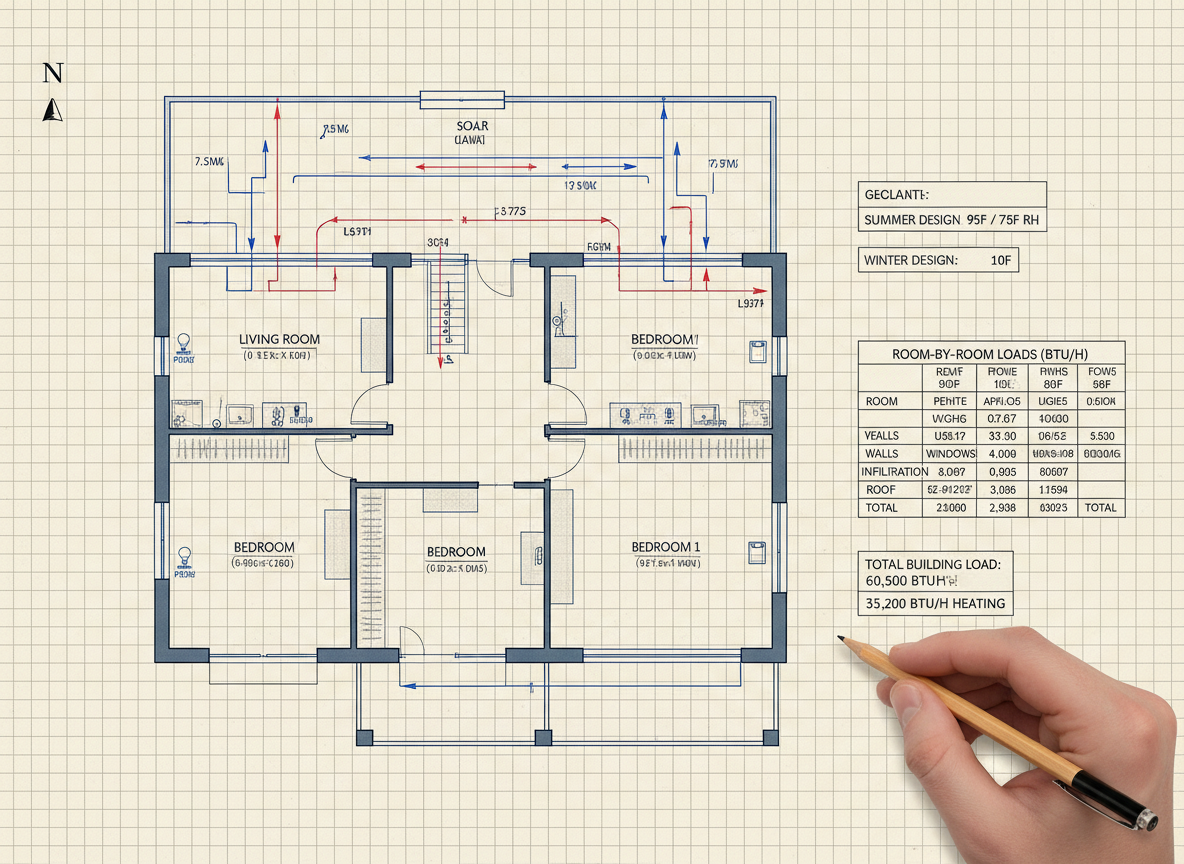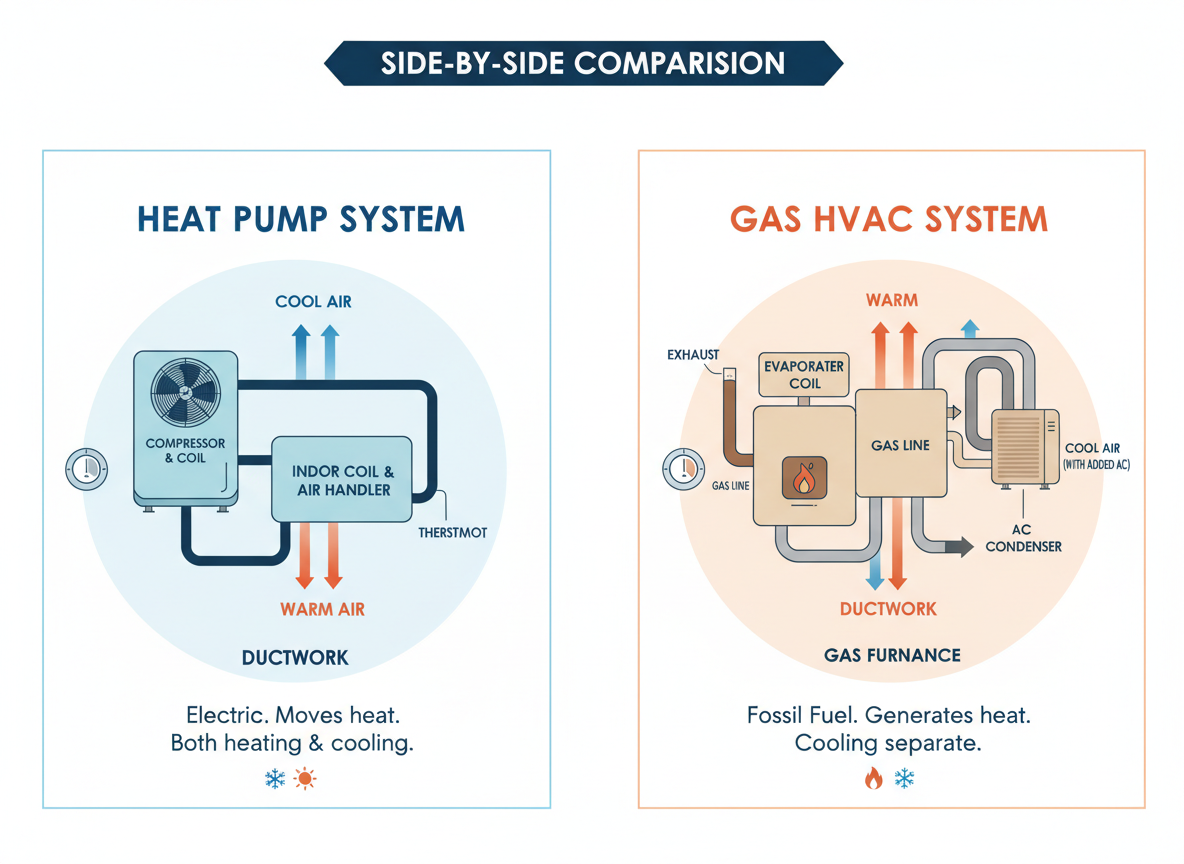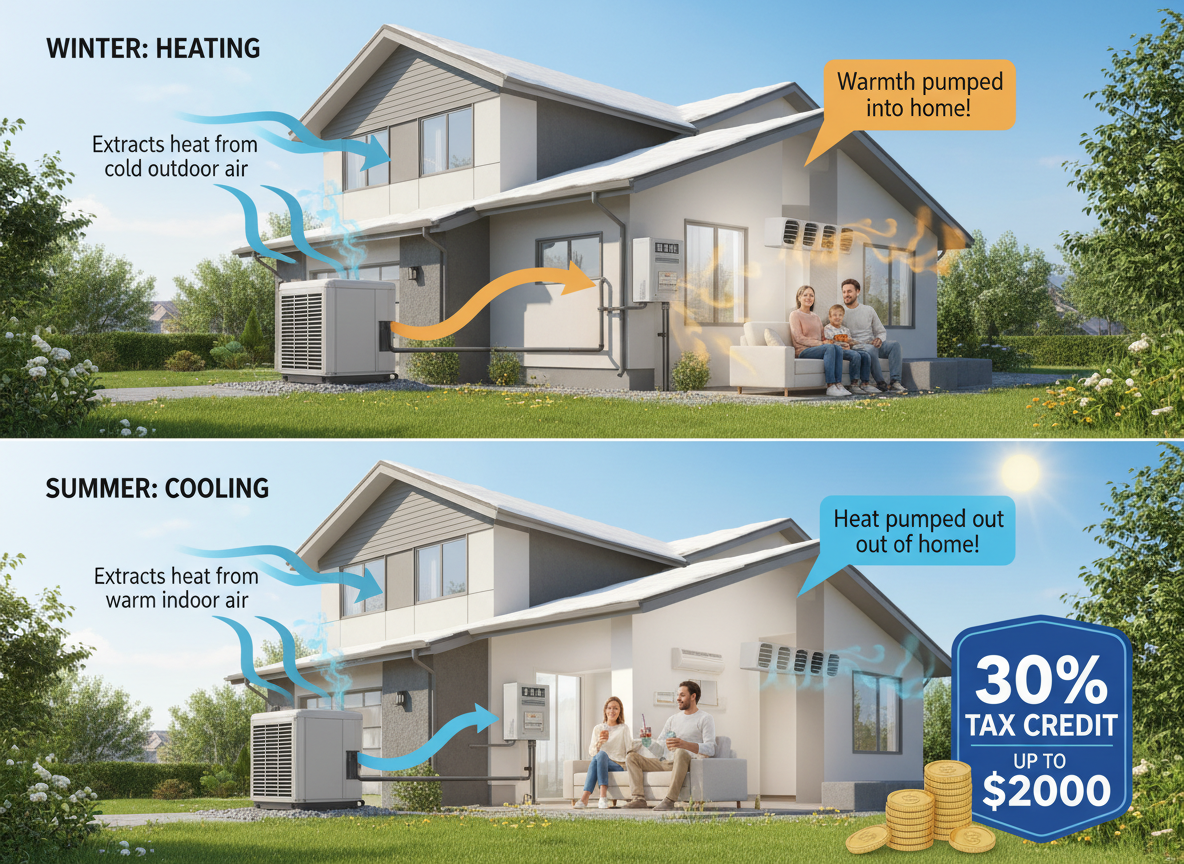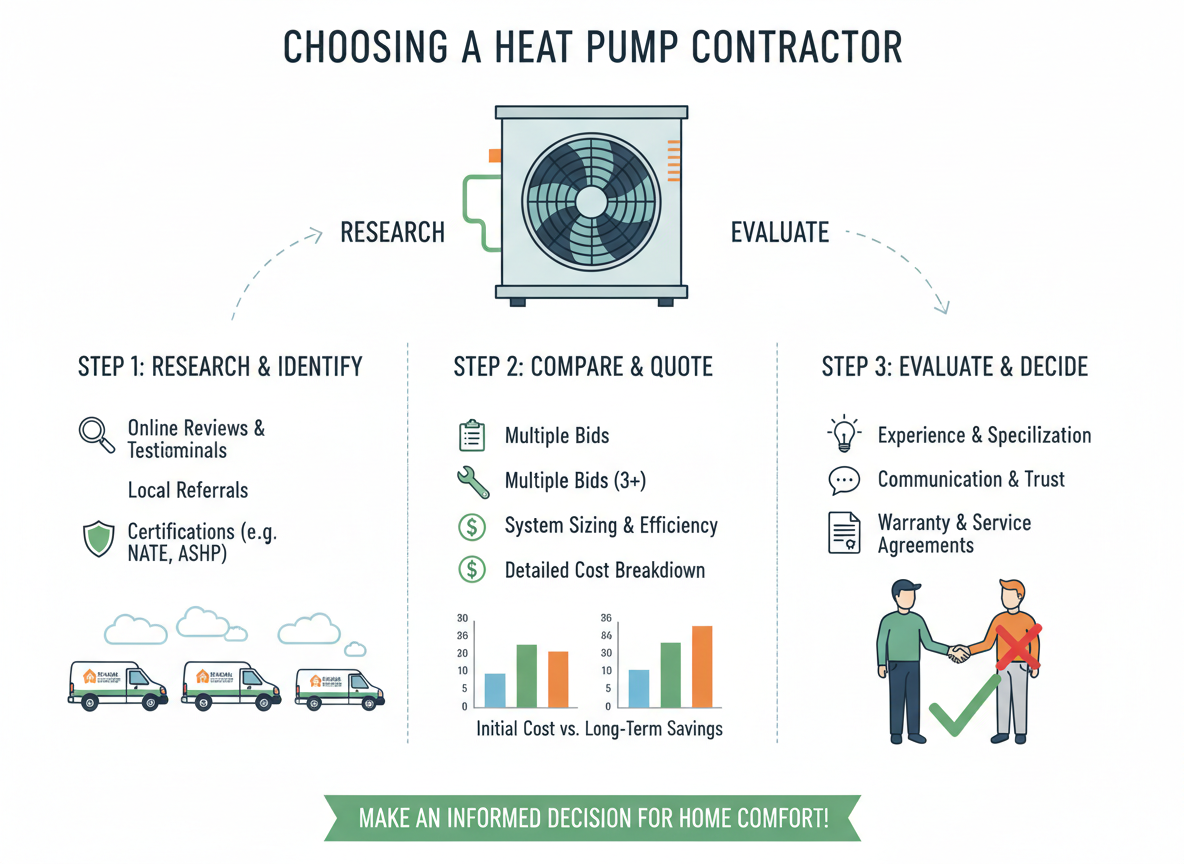
Heat pump systems are renowned for their energy-efficient heating and cooling capabilities, making them a popular choice for residential and commercial HVAC applications. Central to the functionality of these systems is the heat pump reversing valve, a sophisticated component that enables seamless transitions between heating and cooling modes. In this comprehensive guide, we delve into the intricacies of heat pump reversing valves, exploring their operation, importance, and impact on overall system performance.
Operation and Functionality
At the heart of a heat pump system lies the reversing valve, which serves as the switchboard for refrigerant flow direction. Operating within the outdoor unit, this valve determines whether the system is in heating or cooling mode by directing the flow of refrigerant accordingly.
During the heating mode, the reversing valve channels refrigerant flow to the outdoor coil, where it absorbs heat from the surrounding air, even in cold temperatures. The heated refrigerant is then circulated indoors to the indoor coil, where it releases heat into the indoor space.
Conversely, in the cooling mode, the reversing valve reverses the flow direction, directing refrigerant to the indoor coil to absorb heat from the indoor air. The absorbed heat is then expelled outdoors as the refrigerant flows through the outdoor coil, effectively cooling the indoor space.
Reversing Valve Components
1. Valve Body: The central housing of the reversing valve, which contains the internal components and provides structural support. The valve body is typically made of durable materials such as brass or steel to withstand the pressure and temperature extremes encountered in HVAC systems.
2. Solenoid Coil: A solenoid coil is an electromechanical component that controls the operation of the reversing valve. When energized, the solenoid coil creates a magnetic field that shifts the position of the internal valve mechanism, directing the flow of refrigerant to either the heating or cooling mode.
3. Valve Spool or Slider: The valve spool or slider is the moving part inside the valve body that determines the flow path of the refrigerant. Depending on the position of the solenoid coil, the valve spool shifts to route the refrigerant flow between the outdoor and indoor coils, effectively switching between heating and cooling modes.
4. Seals and O-Rings: Seals and O-rings are essential components that prevent refrigerant leaks and maintain proper sealing integrity within the reversing valve. These seals are typically made of durable elastomeric materials such as rubber or silicone, capable of withstanding the pressure and temperature variations encountered in HVAC systems.
5. Piston or Actuator: In some designs, a piston or actuator may be used to control the movement of the valve spool instead of a solenoid coil. The piston is typically actuated by hydraulic or pneumatic pressure, providing an alternative method of reversing valve operation.
6. Internal Ports and Passages: The internal ports and passages within the valve body allow the refrigerant to flow between the various components of the heat pump system. These ports and passages are carefully engineered to ensure efficient refrigerant flow and minimal pressure drop across the valve.
7. External Connections: The reversing valve is equipped with external connections, including refrigerant inlet and outlet ports, as well as control wiring connections for the solenoid coil or actuator. These connections allow the valve to interface with the rest of the heat pump system and control electronics.
Importance in HVAC Systems
The functionality of the heat pump reversing valve is integral to the versatility and efficiency of heat pump systems. By seamlessly transitioning between heating and cooling modes, the reversing valve enables year-round comfort control, allowing users to maintain desired indoor temperatures regardless of external conditions.
Moreover, the ability to reverse refrigerant flow eliminates the need for separate heating and cooling systems, streamlining HVAC installations and reducing equipment footprint and installation costs. This versatility is particularly advantageous in regions with moderate climates, where heat pumps can efficiently handle both heating and cooling requirements throughout the year.
Impact on System Performance
The performance of a heat pump system hinges on the reliability and efficiency of the reversing valve. A malfunctioning or inefficient valve can compromise system operation, leading to reduced heating or cooling capacity, uneven temperature distribution, and increased energy consumption.
Regular maintenance and inspection of the reversing valve are essential to ensure optimal performance and longevity. Over time, the valve may accumulate debris, experience wear and tear, or develop leaks, all of which can impair its functionality. Routine servicing by qualified HVAC technicians can help identify and address potential issues before they escalate, ensuring uninterrupted operation and maximum efficiency.
Common Reversing Valve Issues
1. Stuck Valve: A reversing valve may become stuck in one position, preventing it from switching between heating and cooling modes. This can occur due to mechanical issues, debris accumulation, or corrosion within the valve body.
2. Leaking Valve: Leaks can develop in the seals or valve body, allowing refrigerant to escape. Leaks may occur due to wear and tear, corrosion, or damage to the valve components. Refrigerant leaks not only compromise system efficiency but can also lead to environmental concerns and system damage if left unaddressed.
3. Valve Coil Failure: The solenoid coil or actuator responsible for controlling the movement of the valve spool may fail due to electrical issues, mechanical wear, or corrosion. A failed coil can prevent the valve from switching modes properly, resulting in heating or cooling issues.
4. Restricted Refrigerant Flow: Blockages or restrictions in the refrigerant lines leading to or from the reversing valve can impede proper refrigerant flow. This can result in reduced system efficiency, uneven heating or cooling, and increased energy consumption.
5. Internal Component Wear: Over time, the internal components of the reversing valve, such as the valve spool, seals, and O-rings, may wear out due to normal usage. This can lead to decreased sealing integrity, leaks, and reduced valve performance.
6. Electrical Issues: Wiring connections to the solenoid coil or actuator may become loose, corroded, or damaged, affecting the operation of the reversing valve. Electrical issues can prevent the valve from receiving the necessary signals to switch modes properly.
7. Refrigerant Contamination: Contamination of the refrigerant with moisture, air, or other foreign substances can affect the performance of the reversing valve and other system components. Contaminants can cause corrosion, blockages, or damage to valve components, leading to operational issues.
8. Improper Installation: Incorrect installation of the reversing valve or associated components can lead to operational problems. Issues such as incorrect valve orientation, improper refrigerant line sizing, or inadequate refrigerant charge can affect valve performance and system efficiency.
Addressing reversing valve issues typically requires diagnosis by a qualified HVAC technician. Depending on the nature and severity of the problem, repairs may involve cleaning, lubrication, component replacement, or in some cases, complete valve replacement. Regular maintenance, including inspection of the reversing valve, can help identify and address potential issues before they escalate, ensuring optimal system performance and longevity.
Contact LA Construction, Heating and Air
The heat pump reversing valve stands as a cornerstone of modern HVAC technology, enabling heat pump systems to deliver efficient heating and cooling solutions year-round. Its ability to seamlessly switch refrigerant flow direction between heating and cooling modes underscores its importance in achieving comfort, efficiency, and cost-effectiveness in residential and commercial spaces. By understanding the operation and significance of the reversing valve and prioritizing its maintenance, users can maximize the performance and longevity of their heat pump systems, ensuring reliable comfort control for years to come. To schedule heat pump repair give us a call today or contact us online, we are here to help.
What is a Heat Pump Reversing Valve? Related Posts:
- How to Prep Your Heat Pump for Winter
- HVAC Electrification in CA
- Signs You Need Heat Pump Repair
- Heat Pump Blowing Cold






















.png)














